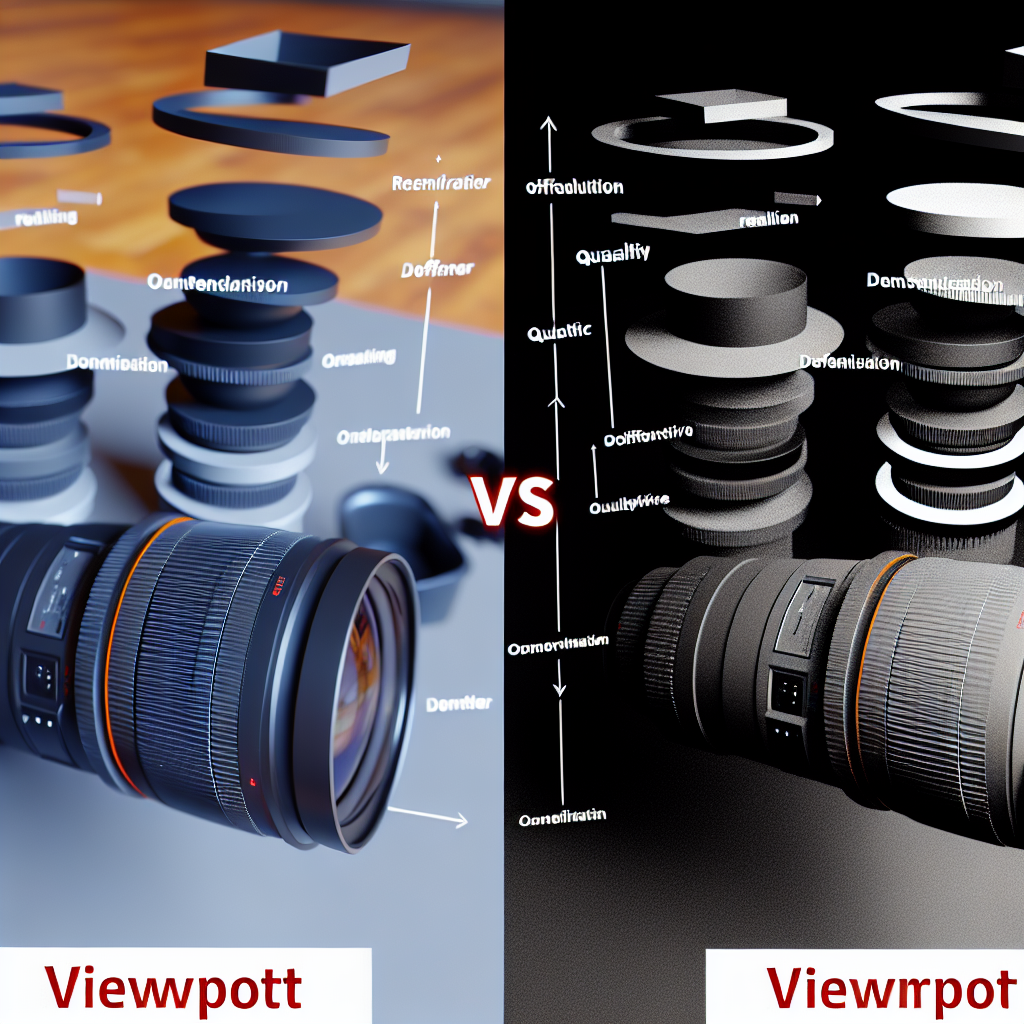Understanding the difference between Viewport and Render in Blender is essential for 3D artists and animators aiming to optimize their workflow and achieve high-quality visuals. This article breaks down these two critical concepts, exploring their roles, when to use each, and best practices to streamline your 3D projects.
Understanding Viewport and Render: Their Roles in Blender Workflow
At the core of 3D modeling and animation in Blender lies the distinction between what you see in your workspace—the Viewport—and the final image output—the Render. The Viewport serves as your interactive window, allowing you to manipulate and preview your scene in real time. It provides instant feedback, enabling adjustments on the fly with minimal computing resources.
Conversely, Render refers to the process of calculating and generating the final image or animation from your scene based on specific settings and parameters. Renders are computationally intensive, factoring in lighting, materials, camera effects, and more to produce photorealistic or stylized visuals. Recognizing when to rely on the Preview in the Viewport versus a Full Render is key to efficient workflow and high-quality output.
Technical Differences and Practical Implications
While the Viewport displays a quick, often simplified version of your scene, it employs various real-time display techniques like OpenGL or Eevee to provide smooth interactivity. These methods drastically reduce render times and enable artists to rapidly iterate on models, textures, and animations. However, the Viewport’s display quality is usually lower, with simplified shading, limited reflections, and sometimes hidden details.
In contrast, rendering involves sophisticated calculations using render engines such as Cycles or Eevee (when configured for final output). These engines consider the intricacies of light physics, shadows, reflections, global illumination, and materials. As a result, final renders are much more accurate but also require significantly more time and computational power. Understanding these differences helps artists decide when to rely on the Viewport for creative development and when to perform full renders for presentation or release.
Optimizing Your Workflow: Strategies and Best Practices
To make the most of both tools, artists should develop a workflow that maximizes efficiency:
- Use the Viewport for early-stage adjustments: Simplify your scene view with appropriate shading modes like Solid, Material Preview, or Wireframe to quickly navigate and tweak models and animations.
- Leverage Viewport overlays and settings: Enable features such as Bloom, Ambient Occlusion, and Screen Space Reflections for more accurate real-time previews without extensive rendering.
- Employ low-quality previews for iteration: Adjust render settings to produce faster estimates of how final lighting and effects will look before committing to time-consuming full renders.
- Monitor final output with test renders: Use incremental regions or lower sample counts during iterative testing, reserving full, high-quality renders for the final presentation.
By understanding the technical distinctions and optimizing each stage accordingly, artists can significantly reduce workflow time while maintaining quality and precision throughout their projects.
In conclusion, differentiating between Viewport and Render in Blender allows artists to streamline their creative process effectively. The Viewport offers real-time interactivity and quick previews, making it ideal for modeling and initial animation, while the Render provides the detailed, high-quality output necessary for final visuals. Mastering the balance between these tools enhances productivity and results in professional, polished 3D artwork. Whether you’re a beginner or seasoned professional, knowing when and how to use each will elevate your CGI projects to the next level.
